The Hidden World of Geisha
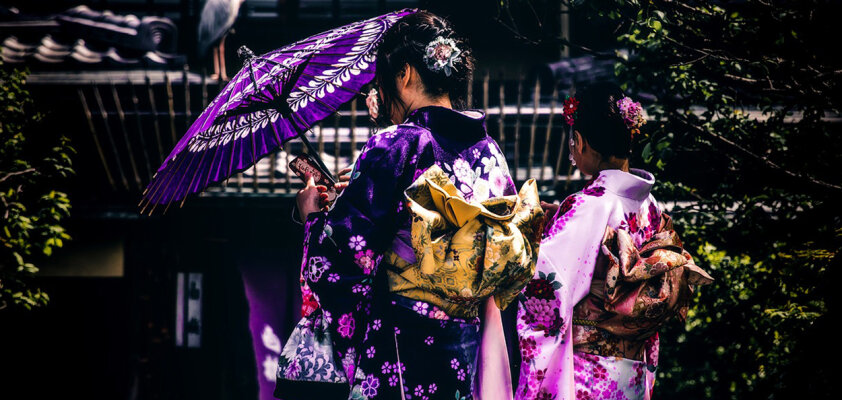
Since the book and film of the same name, we have become familiar with the geisha: white-painted, elegant Japanese beauties who, after rigorous training, become masters of the higher arts and entertainment. But how much do we really know about them, who only emerge in the dark hours of the day?
World of flowers and willows
Geisha is composed of Gei – "Art" and Sha – "Person", so Geisha are artists. Although this profession was officially recognized in Japan only since 1813, the origins of this tradition date back to the Edo period, which began in 1603. The Geisha culture evolved in Japan from the world of waitresses and courtesans, but Geisha are far from being high-class prostitutes. The traditional Oiran, with whom they should not be confused, no longer exist today. Oiran were the "flowers," while Geisha are the "willows" in the "World of Flowers and Willows," Karyukai, as the Geisha culture is called.
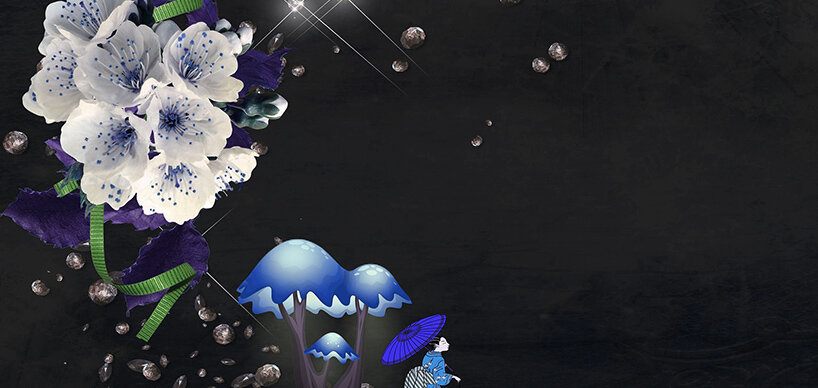
Geisha live and work in what are known as Hanamachi, "flower towns." Tokyo, Osaka, Shizuoka, and Kanazawa also have Hanamachi. In these districts, you can find the tea houses, Ochaya, where they receive and entertain their guests. The most well-known Hanamachi is Gion Kobu in Kyoto, Japan's cultural capital, where you can still find the most famous Geisha and five Hanamachi today. Only in Gion-Kobu are international diplomats and state guests entertained in Japan. Geiko, by the way, are exclusively called Geisha from Kyoto, and Maiko are Geiko in training. Here, the world of Geisha is presented using Kyoto as an example, so the terms Geiko and Maiko are used.
While in the past, poor families in Japan used to send their daughters for Geisha training to secure them a safe life and income, being a Geisha is now considered a profession like any other. Some girls choose this path with the hope of becoming famous as a model, actress, or singer. However, they must give up a significant part of modern comfort and enter a world where traditions, strict rules, and many challenging years of apprenticeship await them.
A life among women of the arts
Aspiring and young Geisha live in an Okiya, an accommodation that also covers the costs of their training. This is no small amount: A single kimono can cost thousands of euros. The mistress of the house is called "Mother" or "Aunt" and manages the expenses and income of all Geisha in the Okiya. The other Geisha are sisters – but despite the family appearance, there is a strict hierarchy based on age and level of training. Although she has to leave her home, the aspiring Geisha can visit her family and receive visitors in her free time. In addition to Geiko and Maiko, an Okiya also includes housemaids, who rank below the Geisha and Maiko in the hierarchy – but no men. Except for the hairdressers and dressers who help them put on the kimono, men can officially enter only up to the reception room. If a Geisha has a son, she must move out and find her own accommodation.
When a girl begins her training to become a Geisha, she is usually still a child. According to current law, she must have completed at least junior high school before she can start her training, which is around 15 years old. However, she still has at least five years of training ahead before she can call herself a fully trained Geisha.
The young student initially enters the first stage of her training: Shikomi. During this time, she works in her Geisha house as a maid, responsible for its cleanliness. At the same time, she attends the Geisha school of the district, where she learns dance, music, and traditional arts such as Ikebana, tea ceremony, and calligraphy. They are assigned a Geiko who becomes a mentor, teacher, and something like an older sister for the aspiring Geisha.
Maiko and her big sister
After passing an exam after a few months to demonstrate her mastery of dancing, she may transition to Minarai. They accompany and observe their "big sister" in her daily work at a tea house sponsored by the Okiya. However, Minarai are not yet allowed to showcase their talents or engage in conversations with customers – their colorful and elaborately adorned kimono and accessories speak for them. They are allowed to pour tea and learn the art of conversation and various games from the mother of the Okiya.
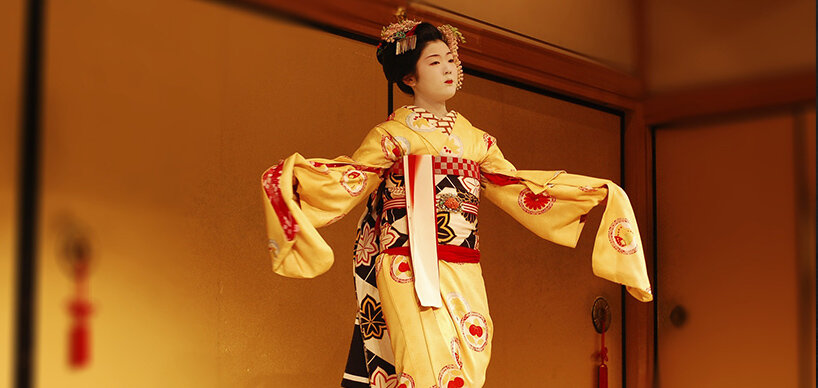
After one or two months, the final phase of the training begins. Then, she is officially called a Maiko – "Child of Dance." During her debut, known as Misedashi, the new Maiko is allowed to actively participate in events for the first time: performing dances, singing songs, and playing music. Her daily life is filled with lessons, household chores, visits, and performances, and she may also earn additional income as a model, in films, or in theater. After a few years, the Maiko is also skilled in dressing up and has chosen her new professional name. Her big sister eventually decides when she is ready to become a Geiko and celebrate the initiation ceremony, Mizuage. Usually, she is then 20 or 21 years old.
The new Geisha can specialize as Tachikata, focusing on dance, or as Jikata, primarily playing an instrument and singing. The most common instrument is the single-stringed plucked instrument Shamisen, but Jikata also master the thirteen-stringed Koto, the bamboo flute Shakuhachi, or the small hand drum Tsuzumi. Both entertain their clients together. As a Tachikata, a Geisha needs to learn for a longer period but usually debuts at a younger age. In contrast, as a Jikata, appearance is not as important: she plays a more subordinate role.
A Geisha can also inherit the Okiya and become the successor to her mistress – Atotori. For this, she must be trained from a young age, ideally growing up in the Okiya since birth. However, if she is adopted from another family by the Okiya's mistress, she also takes on the family's surname. An Atotori is treated with almost as much respect as the mistress by all other members of the Okiya.
Clothes also make Geiko
Geishas always wear a kimono, traditional footwear, an elaborate hairstyle with ornate hair accessories, and accentuated makeup. This is more challenging than it sounds: together, their clothing can weigh up to 20 kg. Kimonos are almost like a sacred object for a Geisha – works of art in which they participate in the creation, passed down from generation to generation, and can convey a lot about the status and origin of the wearer.
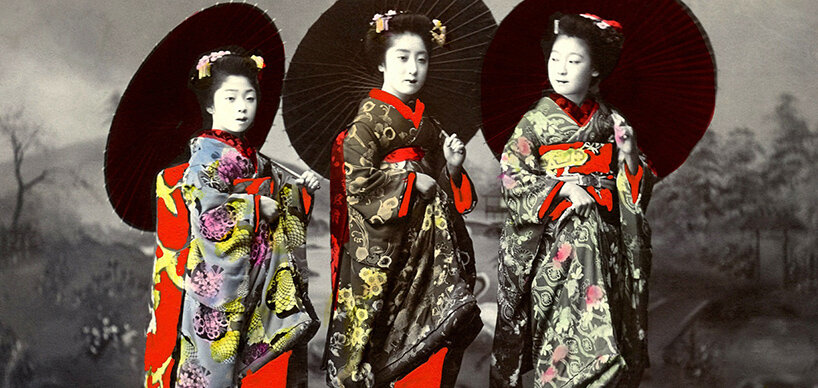
The face, neck, and décolleté of the Geisha are foundationed with a special oil paste, painted white, and some omitted strips at the hairline and neck emphasize the length and fragility of the neck. Eyes and eyebrows are highlighted in black. This makeup has long been used by both dancers and actors to enhance the effect on stage and to conform to the beauty ideal of fair skin.
However, there are significant differences in how Geiko and Maiko dress and apply makeup. This distinguishes a Maiko:
- The kimono has a colorful, seasonal pattern, a wide, long obi (belt), and long, trailing sleeves
- The collar bears red, golden, and white colors
- Maiko wear wooden Okobo sandals with a 15 cm heel to prevent the kimono hem from dragging on the ground
- The hairstyles are so artfully done that Maiko only wash their hair about once a week to save hours of preparation. Every five days, they go to the hairdresser and are only allowed to sleep on a special elevated wooden stand with a thin cushion to avoid ruining the hairstyle
- The well-known flower-shaped hairpins that reach down to their chin – Hanakanzashi – are worn only by Maiko in their first year of training
- Only then do they wear lipstick on the lower lip only, and from the second year, both lips are painted red
- Maiko have more color on their faces: they emphasize their eyebrows in red or pink and add red makeup around their eyes
On the other hand, you can recognize a Geiko by:
- Her kimono has shorter, darker, and simpler sleeves – a sign of maturity and elegance
- A Geiko can only have a white collar. The ceremony of "collar change," when a Maiko becomes a Geiko, is called Erikae: the red in the collar is a symbol of childhood
- To avoid the long hem of the kimono touching the ground, a Geisha must learn the art of gathering the kimono while walking. Geiko, therefore, opt for lower sandals: fabric Zori or wooden Geta
- When a Maiko becomes a Geiko, her hair knot is ceremoniously cut off: then they also wear a simple wig over their hair
- The hair accessories and makeup are also simpler
The everyday life of a geisha
Even after completing her training, the Geisha attends classes and is supported by the landlady, who assists in managing her career. In return, she must repay the costs of her education. She stays in the Okiya for five to seven years, with which she has a lifelong connection. After that, she moves out and begins her independent career.
Geisha are mainly booked for private parties or banquets called Ozashiki, organized by a wealthy customer of a teahouse for invited guests. However, they can also be invited to other events or to their customers' homes. Such an evening, along with good food and drinks, can quickly cost thousands of euros. Geisha also receive tips, so their earnings for a single evening can amount to hundreds of euros. However, they are not allowed to touch the food unless it is a special invitation.
Their work involves not only artistic entertainment, pouring sake, and conversation but also flattering their customers and making them feel good. For this, a Geisha must show a lot of enthusiasm, remain calm in difficult situations, and maintain harmony among the visitors. Humor, wit, and playfulness are also among the qualities she must possess. Before an Ozashiki, a Geisha gathers information about her guest and should be knowledgeable about current events, traditional arts, and modern literature. An Ozashiki does not have to be too formal; it can also evolve into informal shared dances, games, and laughter.
During the day, Geisha continue their education, manage their schedules, and visit the owners of the teahouses they work for. Social contacts are essential for the success of a Geisha.
Every evening, they put on their kimono with the help of a dresser and apply makeup, even if they don't have to work – just in case they are spontaneously called to an Ozashiki. They don't always stay the entire evening at an event but can appear at three, four, or more different functions in one night. When they come home in the evening, it is already past midnight. After a mandatory bath, which every Japanese person takes in the evening, a late-night snack, and relaxation, they often go to bed around 2 or 3 in the morning. The housemaids also have to wake up to help them take off their heavy clothing.

Room for romance?
The notion that Geisha entertain only men is merely a myth. Women can also host an Ozashiki, and sometimes entire families are brought along. The duties of a Geisha do not involve sexual services, and they do not sell their virginity to customers, as the Oiran once did. This confusion arose with the Emancipation Act of 1872, which defined the working conditions of both groups, as both were erroneously perceived as slaves by the West. Although prostitutes in Japan have also exploited the image of Geisha, they can be easily distinguished, for example, by the way their Obi is tied – in front, not in the back like the Geisha. Geisha can acquire a patron – Danna – who pays for their expenses and with whom they have a more intense relationship than with other customers. Being a Danna for a Geisha is an affordance only a few can manage, making it a status symbol in Japan. Sometimes, romantic relationships develop between a Geisha and one of her customers. Many decide against continuing their career after years of work and instead opt for marriage and family life. For example, Mineko Iwasaki, arguably the most famous Geiko in Japan, on whom Arthur Golden's "Memoirs of a Geisha" is based. In her own memoir, "Geisha, A Life," she reveals what life in the "Flower and Willow World" is really like.
If you are out in the various Hanamachi in Japan in the evening, you may be lucky enough to observe a Geisha yourself. In Gion in Kyoto, as well as in the nearby Maruyama Park, you often encounter Geiko and Maiko on their way to work. However, it's advisable to look in smaller alleys, as Geisha avoid busy streets and squares. Their dance and other arts can be admired in specially arranged shows, and in April, the largest Geisha culture festival takes place: Miyako Odori ("Dance of the Capital") has been celebrated in Kyoto's Gion-Kobu district since 1852. During this festival, the most successful Geiko and Maiko in Japan showcase their talents for three weeks straight. There are plenty of opportunities to get a glimpse into the world of Geisha, which is usually closed to us – you just have to seize them.

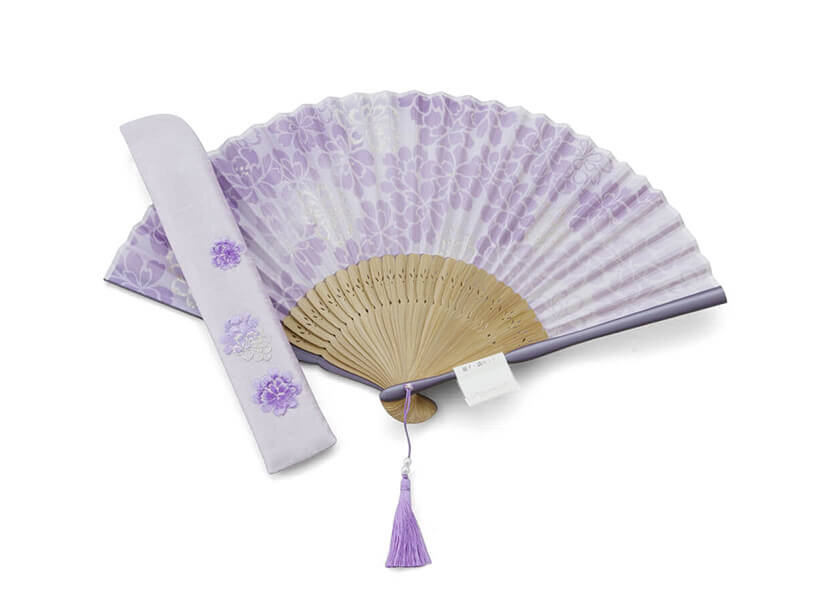
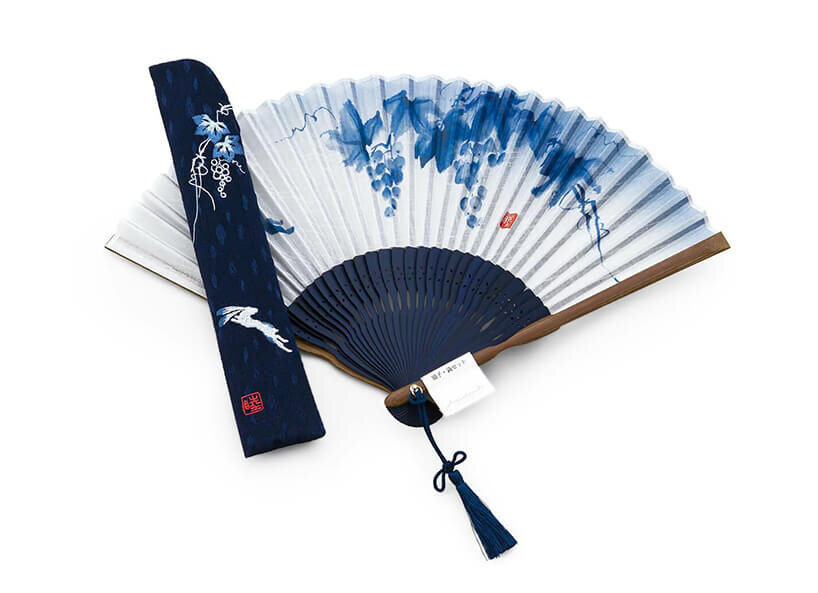
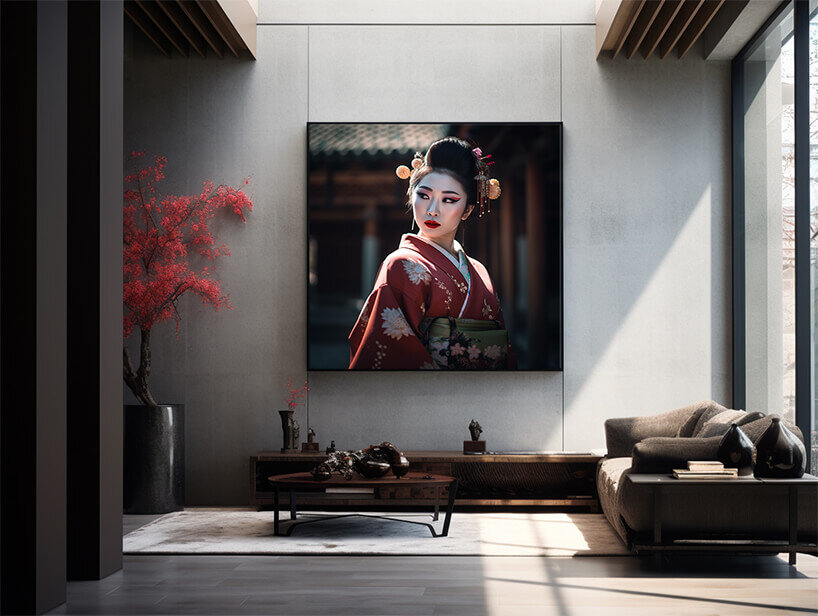
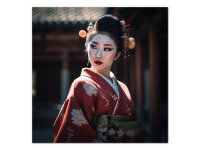
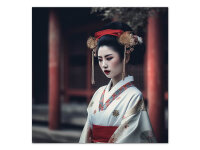

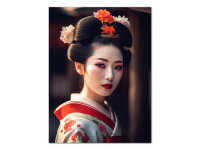










-from-the-yakiyaki-grill-pan.jpg)




